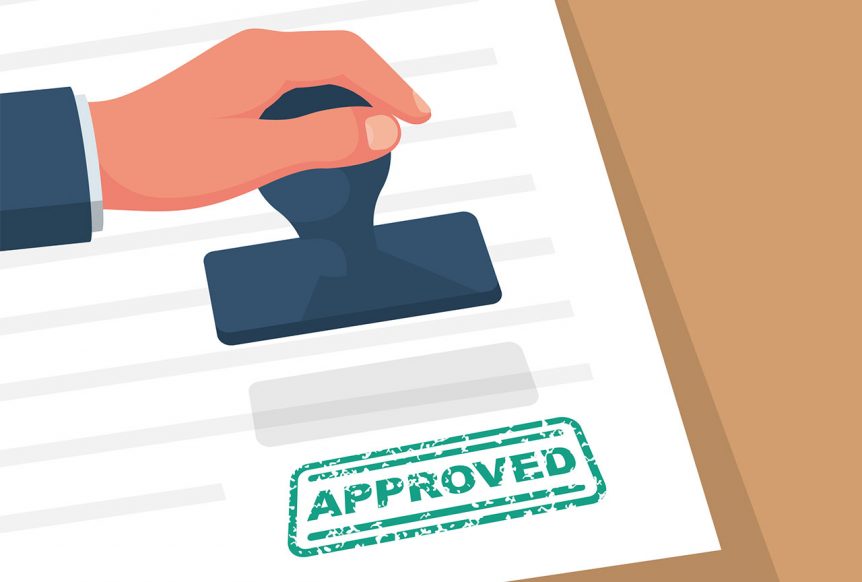What Employees Need to Know About Claims Substantiation for HRA and FSA Reimbursement
What is Substantiation and Why Is It Important?
All claims that are reimbursed via an HRA or an FSA must adhere to specific guidelines established by the IRS in order to be deemed eligible. Substantiation is the process by which the claims administrator makes sure that the claims meet the eligibility criteria of the plan.
Two Common Myths about Receipt Requirements:
Myth #1: If the debit card associated with the HRA or FSA is accepted for an eligible service, the expense is approved, and no further documentation will be required. This is FALSE!
Myth #2: Any claim at a doctor, dentist or vision provider is eligible and does not require any further documentation. FALSE AGAIN!
It is important to help avoid employee confusion around claims substantiation. Employees need to be aware that even if their purchase is made with the debit card linked to their HRA or FSA, it is still required that they maintain copies of itemized receipts to provide upon request. Receipts may be requested by the plan administrator to validate that the expense was eligible for reimbursement. If a receipt cannot be provided to substantiate an expense or if the expense is found to be ineligible, card privileges are often suspended, and repayment is mandatory. Employees appreciate knowing why the carrier requires them to provide proof that the purchase qualifies for reimbursement so they can be prepared if that information is requested..
Considerations for Claims Substantiation
The following data points should be included on any documentation provided for claim substantiation and can be in the form of a detailed receipt from a pharmacy, doctor or other healthcare provider. Or an Explanation of Benefits (EOB) from the health plan can be submitted. A detailed receipt or an EOB needs to contain the following information:
- Patient Name: Name of person using the product or receiving the service
- Type of Service: Description of product or service including diagnosis and/or procedure codes, if applicable
- Date of Service: Date the purchase or service occurred
- Provider Name and Address
- Cost: Reimbursement amount should be clearly indicated and may not necessarily be the same as the receipt or EOB total
Important Note: If an employee participates in both an HRA and FSA, an employee may never receive reimbursement from both the HRA and FSA for the same expense. This is sometimes called double-dipping and it is against the law.
Learn More About Claims Substantiation for HRA and FSA Reimbursement
At benefEx, we’re happy to help you find the best benefits solutions for your business. Helping an employee save approximately a third of their income shows that the company cares about its staff. Contact us today to discuss Health Reimbursement Accounts and Flexible Spending Accounts options.

